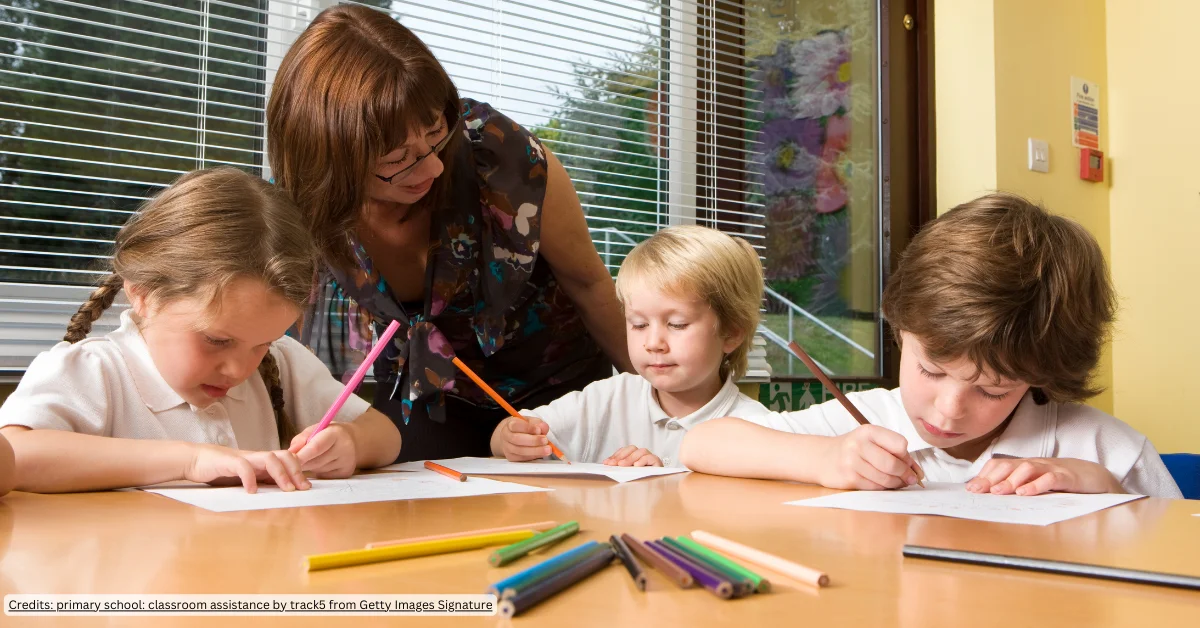It has never been easier for an Australian association to participate on the world stage, thanks to a combined initiative between Tourism Australia, leading city and regional convention bureaux, and major convention centres across Australia.
“Essentially, the Associations Project aims to encourage more international events to come to Australia and encourage Australian associations to consider the advantages of hosting one,” says Sheather.
“Association events are not only beneficial at a local or State level, they are a whole-of-country gain.
“The unique Project is basically making things easier and showing people that there is lots of support available to them.”
Tools to attract
As well as focusing on developing the number of conferences in sectors of economic importance to Australia, the Project is also creating tools to help attract more delegates, such as a printed and on-line delegate-boosting tool kit.
“We are talking to a lot of professional conference organisers and associations and getting their input into this,” Sheather says. “We want to show that it is easy to get to Australia, by providing all sorts of information including information on flights and the visa process.
“We have also done a lot of research into what makes Australia attractive for visitors attending international association events.”
Firsthand experience
The Project also markets Australia in a business sense through advertising and public relations activities, including raising Australia’s profile at various trade shows.
It is also producing a series of detailed case studies of international conferences of various sizes recently held in Australia. These include facts and figures, and in-depth interviews with key association contacts.
“It’s other people providing their experiences first hand to people just like them,” Sheather says.
The case studies show why those in charge of determining whether a bid is successful or not often choose Australia above other contenders. They also shine a light on the many advantages of holding an international convention here.
Case Studies
Professors Stephen Lincoln and Kevin Wainwright began to discuss the possibility of bringing the International Conference on Coordination Chemistry to Adelaide – they saw it as an opportunity to bring the world’s leading co-ordination chemists to Australia for “knowledge sharing, collaboration and healthy debate”.
After working with the Adelaide Convention Centre and Adelaide Convention Bureau to put together a compelling bid, the professors hosted the event in July 2010. More than 400 delegates from
40 different countries turned up to hear from over 20 leading scientists from Australia and around the world.
“This is the way science moves forward,” Professor Wainwright said. “The conference has worked to inspire more scientists to think about the issues raised, and will undoubtedly lead to more sophisticated renewable energy developments.”
Meanwhile, radiographers and radiation therapists from around Australia had an opportunity to share knowledge when the Australian Institute of Radiography (AIR) hosted the International Society of Radiographers and Radiological Technologists (ISRRT) 16th World Congress on the Gold Coast in September last year.
With 1,165 delegates attending from
54 countries, the delegates represented more than 80 member societies consisting of more than 350,000 technologists.
“The Congress raised the profile of Australian research and it helped communicate the growing connection between medical imaging and radiotherapy,” Australian ISRRT Councillor Associate Professor Pamela Rowntree said.
“As a result of the World Congress, several of the Australian presenters have been invited to take their presentations overseas.”
The incentive of international collaboration was also a strong motivating factor for the local hosts of the 31st International Plenary meeting of the Geographic Information/Geomantics Professional Committee of the International Organisation of Standardisation, held in Canberra last December.
“A highlight was the discussion of our world-first development in the management of water, a system called Geofabric,” said Chris Body, Chair of Standards Australia’s Geographic Information Committee IT-004.
“There was immense interest from our international colleagues in this leading edge system and how it could be applied to other countries. This is just one of the great examples of the benefits of collaboration among the community which resulted from the meeting.”
The rewards of holding conferences in Australia are by no means confined to the duration of the event either. Professor Peter Hannaford of Swinbourne University in Melbourne noted that “following the 22nd International Conference on Atomic Physics in Cairns last year, we continued to be flooded by international visitors to laboratories around Australia, which gave Australian research wonderful exposure around the world”.
The benefits also flow to increased membership. Following the highly successful 7th International Melanoma Conference in November last year, held in Sydney, co-host Professor Nick Hayward said “the conference reinvigorated interest”.
“It was great for the societies represented – the Society of Melanoma Research, Melanoma Pathology Working Group, and Melanoma and Skin Cancer Centres. It was a good opportunity to raise the profile of these societies and that has attracted more members into them.”
As for the 27th International Congress of Applied Psychology, held at the Melbourne Convention and Exhibition Centre last July, a major outcome was “showing the world the advances in local research and practice.”
This was helped by the strong involvement of Australian-based experts as well as organised visits to local research centres and institutes. “Increasing the awareness of international visitors in this way was something that would not be possible by any other means,” said the event’s host, Professor Michael Knowles.
The congress was held over six days and attracted 3,537 people from 67 countries. The financial benefit to the Victorian community was estimated at over $9 million dollars.
Holding a major event in Australia rather than overseas can also have the added benefit of enabling many more local people to attend.
At the 9th World Indigenous Women and Wellness Conference, held in Darwin last August, two thirds of the 650 delegates were from Australia. The majority of international visitors came from Canada, the USA, New Zealand and South America.
Ilana Eldridge, the event’s organiser and Chief Executive Officer of the Larrakia Nation Aboriginal Corporation said, “It was very important for networking and raising the profile of the Northern Territory and there was a lot of exposure to local Aboriginal culture that people found fascinating.
“A lot of women were first time conference-goers and the world opened up for them, especially women from remote areas in Arnhem Land,” Eldridge said.










